my pepe silvia moment: it's always sunny x tuck everlasting
plus horse museum, i got bangs, etc. 🐸
new career in gif art
Whether you pronounce it gif or gif, who doesn’t love a loopable moving image? I’ve recently been super into looking at cute gif art sequences on Pinterest and it inspired me to make one of my own. I’ve made gifs before—my animation process is basically just making a bunch of gif fragments and compositing them together—but the idea of having them be complete short-form stories is kind of its own separate thing from that, and it feels freeing.
My next challenge for myself is going to be composing vertical gifs so I could post them on Instagram Reels or whatever but my brain is so landscape-oriented that this is legitimately going to be a whole new skill I’m unlocking.
night at the horse museum
The Heilan Horse Culture Museum in Jiangyin City, China has been open for some time now—its Atlas Obscura entry is from 2017—but pictures of it have been circulating on Instagram lately and I knew I had to report in. The museum boasts 43 breeds of horses from around the world living in accommodations that look like this:
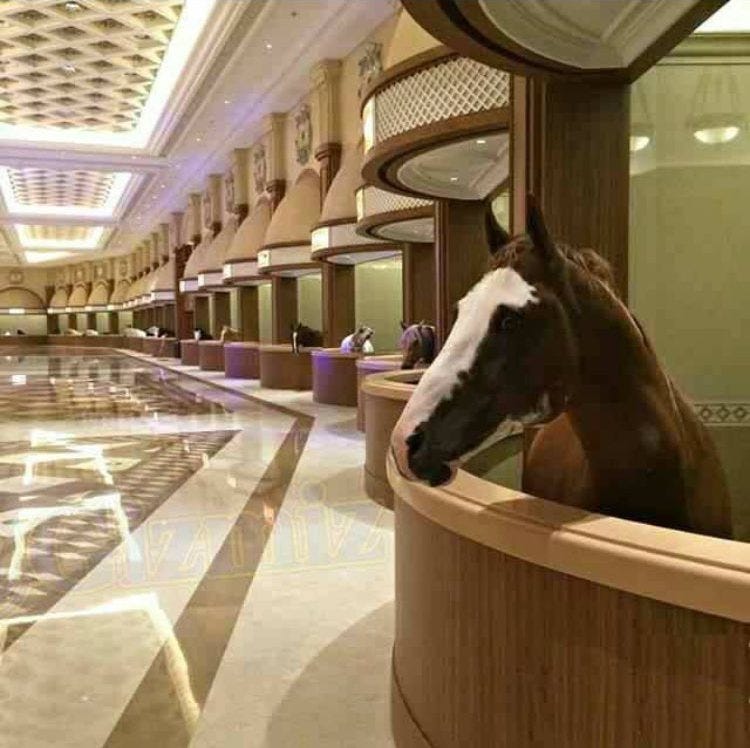
The sprawling marble equestrian facility is located inside a palace (?) and operated by a menswear brand (?) in an effort to attract tourists (?). According to a Dailymotion video I watched from my fetal position at the bottom of the Heilan Horse Culture Museum Wormhole, the museum “claims to be the only museum in the world that has living specimens on display.” I already know that that is not true because I’ve seen those ants in the new wing at the Museum of Natural History. But let’s pretend it’s true for a moment—what are the implications of positioning this as a “museum” instead of something more along the lines of a “zoo” or “farm”?
Their status as “exhibits” implies that they are expected to bend to the environment, instead of having the environment made comfortable for them. Media coverage focusing on the luxury of the palace misses the point that this is people-luxury and probably not luxury for the horses, who would probably rather just be outside on some grass. People on Reddit were concerned about their wellbeing, asking questions like how do the museum’s equine residents tolerate the acoustics of the cavernous, echoey hall or maintain foot purchase on the hard slippery surfaces, which horses notoriously despise? Others were saying that the horses only spend short periods of time in these marble cubicles and that made me feel better. It’s like they’re at work in a weird bougie office, being ambassadors for their species.
Most of the innate comedy and memeability of images of the HHCM comes from the out-of-context surprise of seeing a horse “inside.” Dogs and cats and some birds and even pigs smaller than a certain size fit in naturally in the constructed human spaces we call “inside”—even if we see these animals standing in the lobby of a luxury palace, no one bats an eye. But put one single horse in a house and everyone loses their minds.
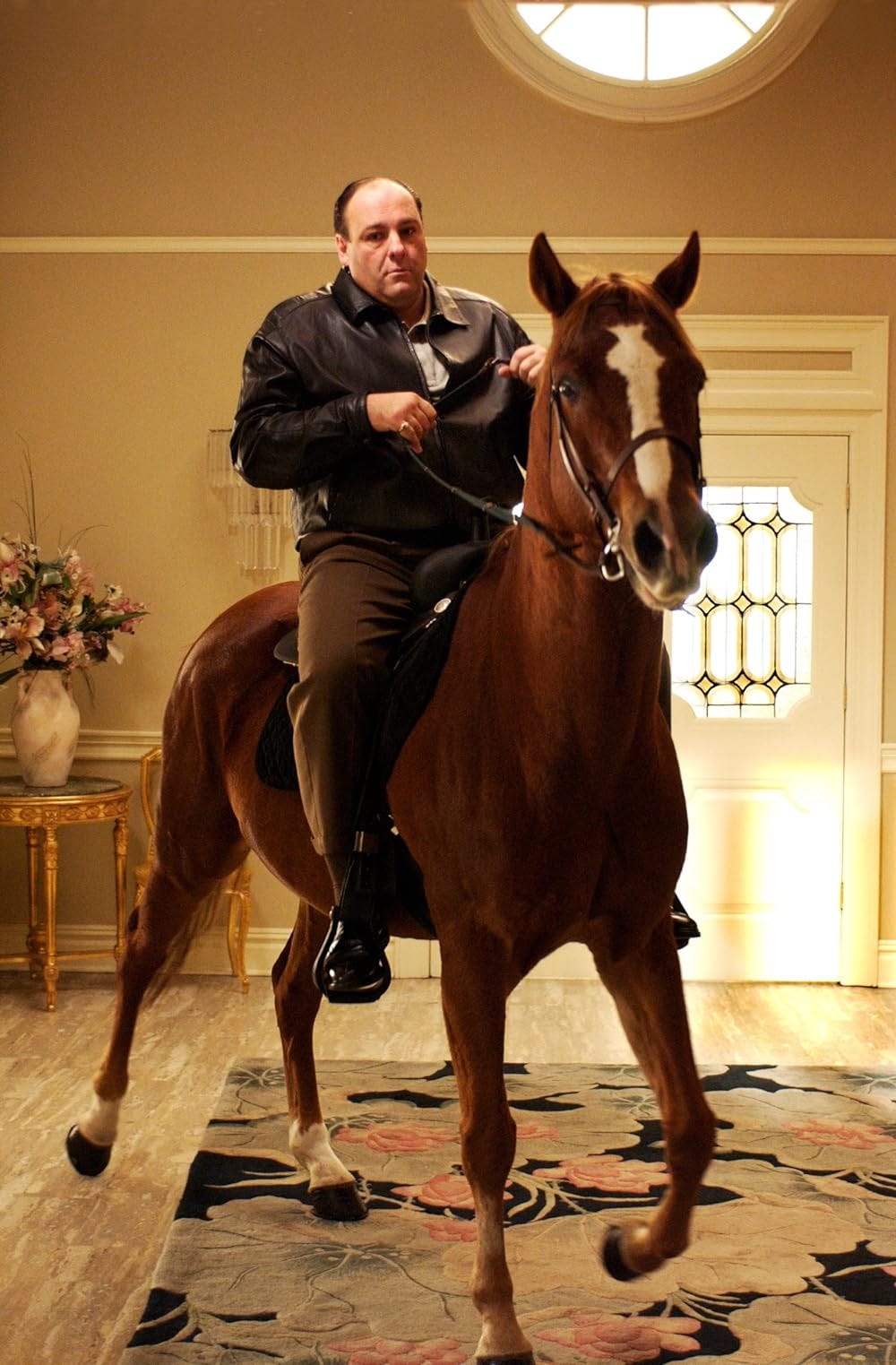
any given sundae
I have a breaking nomination for Scariest Cartoon Character Design. While discussing movies that scared us as children, Ivan told me that their family used to have this McDonald’s branded VHS tape that upon some light research ended up being The Wacky Adventures of Ronald McDonald. It was a late-90s direct-to-video mini-series that had live action intro and closing sequences but the stories themselves were animated by Klasky Csupo, the team behind The Rugrats, and they would sell them at McDonald’s locations back in the day. We watched the episode titled “Scared Silly” on YouTube here.
You know the McDonald’s characters—Ronald McDonald, who is the main clown, Grimace, who is purple and has his own milkshake, the Hamburglar, who in this show is inexplicably dressed like a 2016 hypebeast. But have you ever heard of Sundae? Jump scare ahead.
Described on the McDonald’s Fandom Wikia as “Ronald McDonald’s talking, human-like dog,” Sundae is truly the stuff of nightmares. He looks like a human clown trapped inside a dog’s skin. He looks like the agonized result of ungodly genetic splicing. He looks like he is begging to be killed. His personality is kind of negative also.
Even in his cartoon form, it’s almost like someone on the Rugrats team challenged themselves to design something that is just literally the ugliest thing they could think of and everyone thought it was so funny they kept it. Is this serious or satire? His white lips and yellowed human teeth? His haunting blue eyes??
I’ll wrap things up with this—an animatronic enthusiast named Cavity Sam somehow found an original Sundae creature and posted this haunting haunting video of it four years ago. I don’t know if they ever ended up restoring it as they said they’d planned, but this photoshoot they did with it where it legitimately looks like the rotting corpse of an alien monstrosity is all we really need anyway.
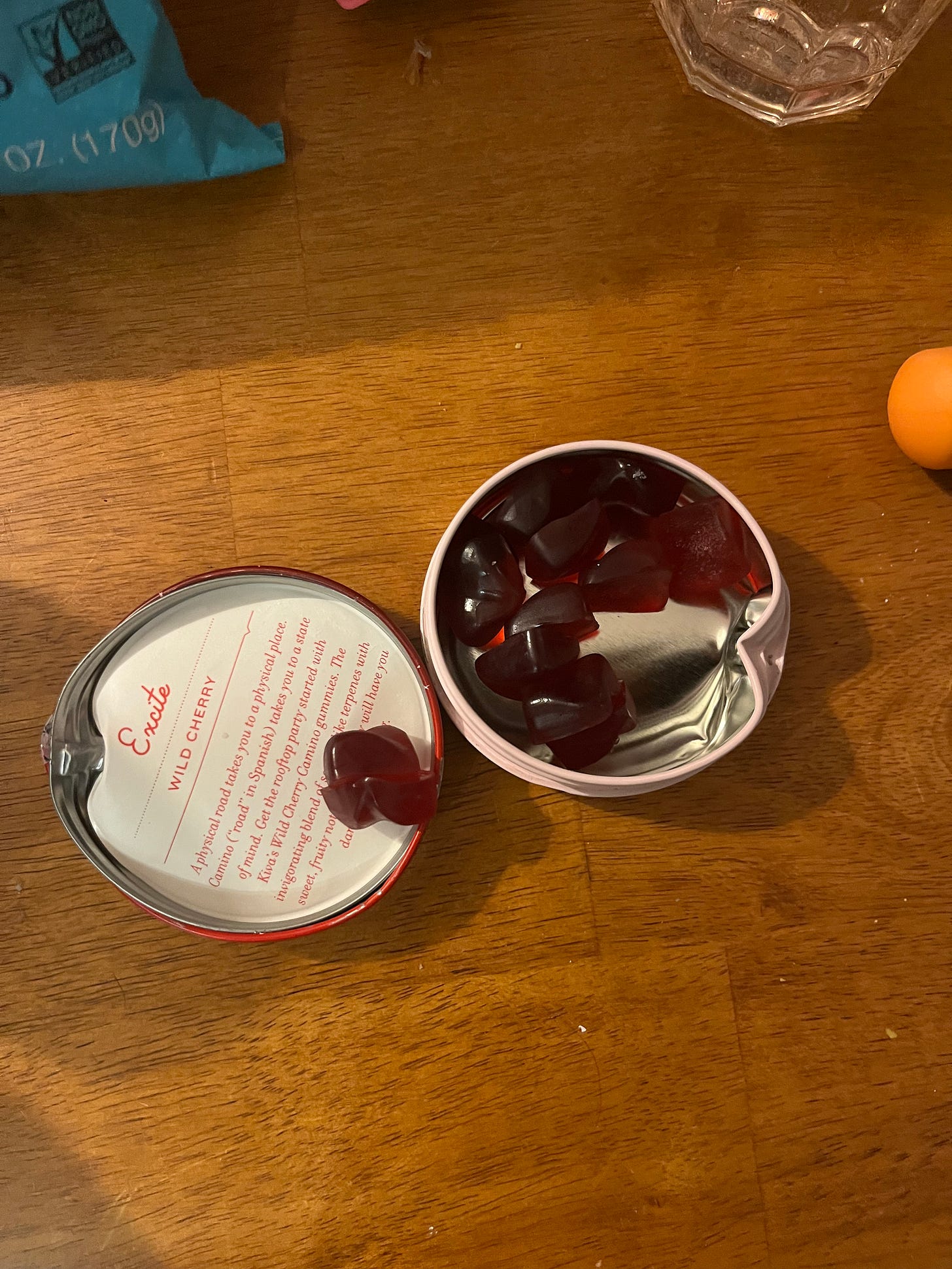
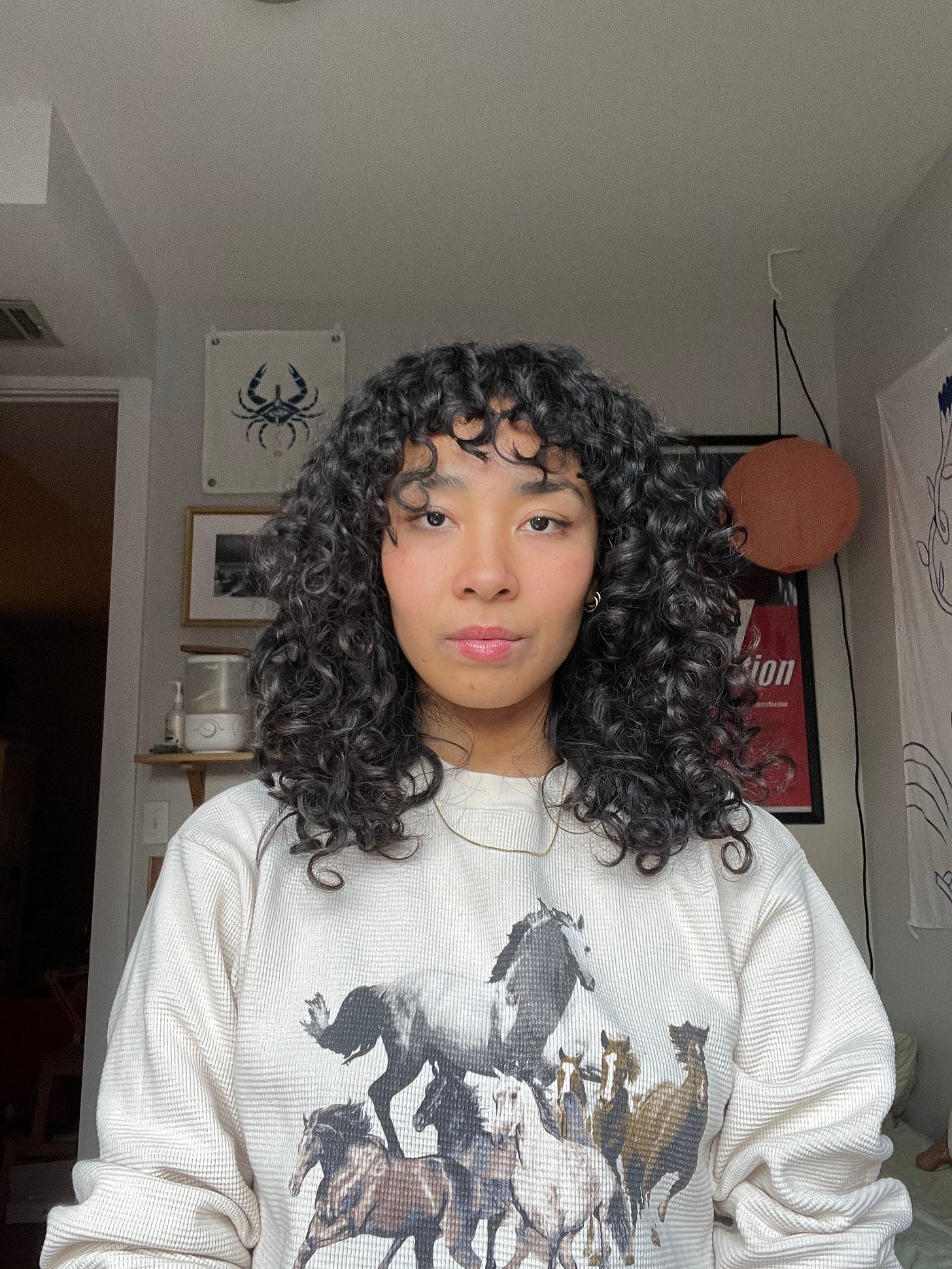
it's always tucky in everlastingdelphia
Have you read Natalie Babbitt’s mid-seventies MASTERPIECE Tuck Everlasting? Would you be surprised if I told you that if that book hadn’t been written, the longest-running American live-action sitcom It’s Always Sunny in Philadelphia would never exist?
We are lucky to live in the timeline where both of those things were created. Ever since I read this fateful line in the 2002 Tuck Everlasting film adaptation Wikipedia entry that linked the two together, I can’t stop thinking about positioning them as sister pieces connected by common themes (dramatized considerations of class, the ways in which the circular, status-quo nature of the sitcom mirrors the immortal Tuck family who exist outside of time).
As a little girl, I loved the book Tuck Everlasting, the lyrically crafted and timeless story of a family blessed/cursed with immortality because they drank water from a secret spring in the woods owned by some uptight rich people. While running away from home into her family’s woods, Winnie Foster, the 11-year-old protagonist and only daughter of said uptight rich people, stumbles across a hot 17-year-old country boy drinking from the spring. Turns out, the boy, Jesse Tuck, has been 17 for a while, if you know what I mean. He and his family take her in, but there’s a mysterious figure known only as “the Man in the Yellow Suit” who is stalking them, trying to find and take control of the spring so he can sell the water and get rich. Hmm… a Man in a Yellow Suit… sounds awfully familiar…
I reread Tuck Everlasting this past week, like thirteen years since I last read it in sixth grade. A few things were different than the way I’d remembered them—most disturbingly, I had thought Winnie’s crush on Jesse was unreciprocated and their relationship more like brother-sister than anything romantic, because why would an 104-year-old be interested in a girl who is deadass a sixth grader? But to my horror, there’s a scene where Jesse sneaks into the room where Winnie is sleeping and says to her, “How’d it be if you was to wait till you’re seventeen, same age as me—heck, that’s only six years off—and then you could go and drink some [immortality water], and then you could go away with me! We could get married even. That’d be pretty good, wouldn’t it!” (Babbitt 72). Same age as you?? Dude, what are you talking about? You are not seventeen, like literally at all in any way shape or form?
I’m dying to know what I thought of that as an 11-year-old myself. Did I think it was romantic? Did I think it was creepy? Clearly, I didn’t think about it that much, because in the years since, I somehow completely forgot about this disturbing facet of their relationship. I wish I could interview 2011 Sahra Denner, sixth grader in Mrs. Stern’s homeroom class, but alas. I grew up.
And that’s what Tuck Everlasting is about—and also, what it is not about. Immortality: Good or Bad? is the most obvious theme in the book, represented by the ongoing metaphor of the wheel. Everything alive is on the wheel, changing constantly, being born and aging and dying. Everything alive except the Tucks, who are sidelined from the cycles of life. The fixed nature of their existence is met by all members of the family with a pulsing melancholy—Jesse’s older brother, Miles, had a whole family of his own who abandoned him and accused him of witchcraft when he never aged; Jesse is weirdly grooming a child to find companionship in the face of the loneliness of their solitary existence; their father, Tuck, is just straight-up depressed; and Mae, the matriarch, legitimately risks it all for her family trying to hide the magic spring. The burden of their secret cuts them off from normal society and forces them into their own insular world where they are the only inhabitants. Everything around them changes, but they are doomed to be the same forever.
In other words, they are basically sitcom characters.
Anyone who’s seen It’s Always Sunny could tell you it’s an anti-sitcom, lampooning the conventions of straightforward interpretations of the genre. It’s not about the hijinks and misunderstandings of nice, attractive, sparkly people. The Gang is the Jordan-Peele’s-Us tethereds of Friends—they’re all alcoholic sociopaths, constantly scheming and in-fighting and torturing each other and anyone unlucky enough to stumble into their path. I put my dad onto it with these as the selling points and he absolutely loved it.
A common gag on the show is that, like all sitcoms, the characters are trapped here forever, or at least until cancellation, and for America’s longest-running live-action sitcom that’s been running for a staggering NINETEEN YEARS, it really does feel like forever. So they love to poke fun at the idea that things could be different—Dee having a baby, which ultimately didn’t change anything, Mac getting fat, which ultimately didn’t change anything, and even Dennis leaving and getting replaced by Mindy Kaling because Glenn Howerton got another show, which ultimately didn’t change anything. Like the Tucks, they can only consider the idea of change and never be changed themselves. And like the Tucks, they live in isolation—though not because they’re keeping any secrets, just because they’re so insufferable that they can never make any other friends.
Let’s go back in time. It’s like 2000 or 2001. Auditions are being held for a Disney film adaptation of Tuck Everlasting. There’s a lead role up for grabs playing Jesse Tuck, who in the movie falls for a now slightly less age-inappropriate but still excruciatingly young 15-year-old Winnie Foster (a mid-Gilmore Girls Alexis Bledel), and also somebody will have to be Miles, who in the movie got sacrificed and made evil even though in the book he was nicer and more normal than Jesse the Groomer. Glenn Howerton and Charlie Day meet during auditions, and the rest is history. I don’t know which roles they were trying out for—I’d like to imagine it was Jesse because Miles barely has any screentime, but they were both like 25, and Jonathan Jackson, who ended up getting that part, was 19—but they walked away from those auditions with the foundation of an empire that would far overshadow Tuck: The Movie, which has been kinda forgotten despite the fact it starred the incomparable Sissy Spacek as Mae.
Because to be honest, the movie kinda sucked. It betrayed some of the most important aspects of the book, giving up its sense of childlike wonder funneled through the POV of a pre-adolescent protagonist in exchange for a weirdly chaste but also weirdly horny romance between its teenaged leads. The only things kept intact during the story’s metamorphosis into film were the charming turn-of-the-last-century aesthetic, which I think it interpreted quite sweetly, and its thematic take on class.
The book is super upfront about the fact that the Tucks have not gone the Cullen route by using their extra time on earth to accumulate wealth. They live in a small, ramshackle cabin in the middle of the woods and do not participate in the communal rat race of then-modern society. Their down to earth lifestyle is a foil to Winnie’s polished, Kate Winslet-in-Titanic upbringing that she’s chafing against, and the gulf only widens when the Man in the Yellow Suit’s capitalist ass comes in trying to get rich off of selling the magic water. He attempts to leverage legal ownership over the spring to eclipse the Tucks’ natural stewardship of it, saying, “Ignorant people like you should never have the opportunity. It should be kept for… certain others. And for me” (Babbitt 98). He then compares their lifestyle to that of pigs.
The Man in the Yellow Suit is a greedy cartoon villain direct from the It’s Always Sunny world, and in that place, cash is king. Over the course of the show, the Gang sells everything from gasoline to trash collection services to a protein drink made of crow eggs, milk, and vodka, and if they got their hands on water that makes you immortal, they’d be selling that too. Plus, their quibbling and side-taking amongst themselves is often divided along the lines of class—Dee and Dennis grew up rich and went to UPenn, which they think makes them superior to Mac and Charlie, who come from working-class backgrounds, even though they literally all ended up in the same exact place. Season six episode five, appropriately titled “Mac and Charlie: White Trash,” is a particularly good example of this, where the Gang splits and engages in class warfare over the privilege of accessing a swimming pool.
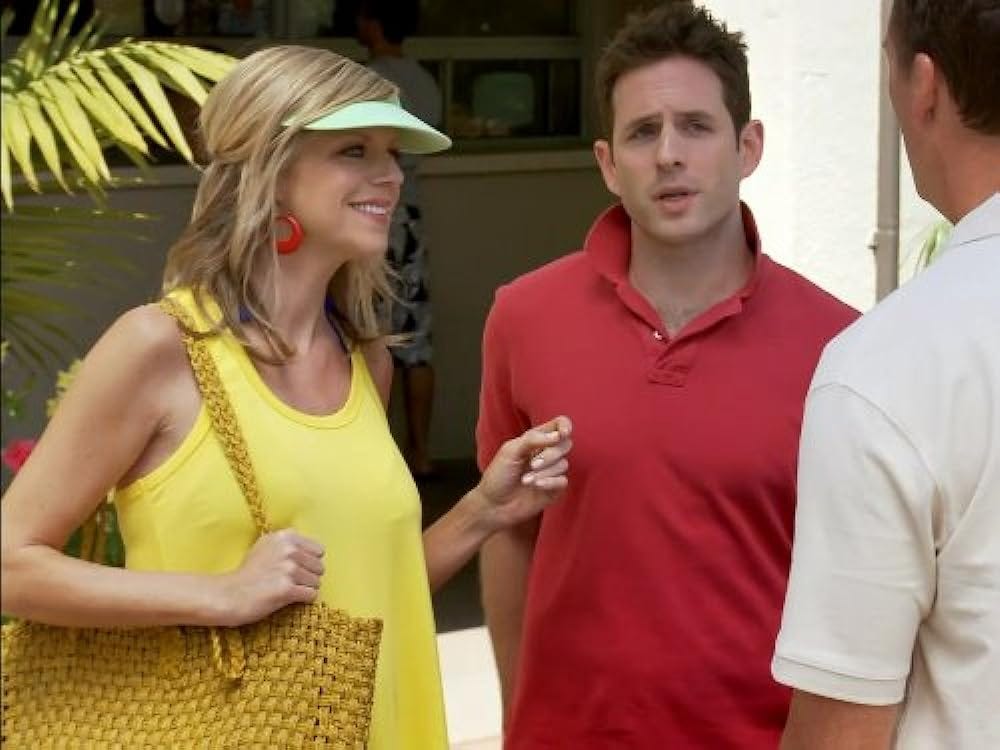
In summation, these two stories are intertwined in ways that I honestly never expected. When I set out to write this, I really only planned to cover revisiting a childhood classic and its awful filmic adaptation, but I kept circling back to that line in the Wikipedia article about Tuck directly causing Sunny. So thank you, Natalie Babbitt, for 19 seasons of television and a subpar movie featuring Ben Kingsley as the Man in the Yellow Suit. My final thought on all this is that “Tuck Everlasting” would be an amazing name for a drag queen. The movie is available for streaming on Disney+, ironically beneath the same corporate umbrella as It’s Always Sunny, an FXX property.
Watching: Maestro (2023), El Conde (2023), Rustin (2023), The Creator (2023), Anatomy of a Fall (2023), The Boss Baby (2017), American Fiction (2023), I Know Who Killed Me (2007), The Abyss (1989), Tuck Everlasting (2002)
Reading: Tuck Everlasting by Natalie Babbitt
This week’s enrichment activity is to revisit a book, movie, or show from your childhood to see what you may find. Something that you loved? Something that scared you? Something that defined your sexuality or fashion sense or career aspirations? Rewatch or reread and communicate with your childhood self over it. What is different than you remembered? And what’s always the same?






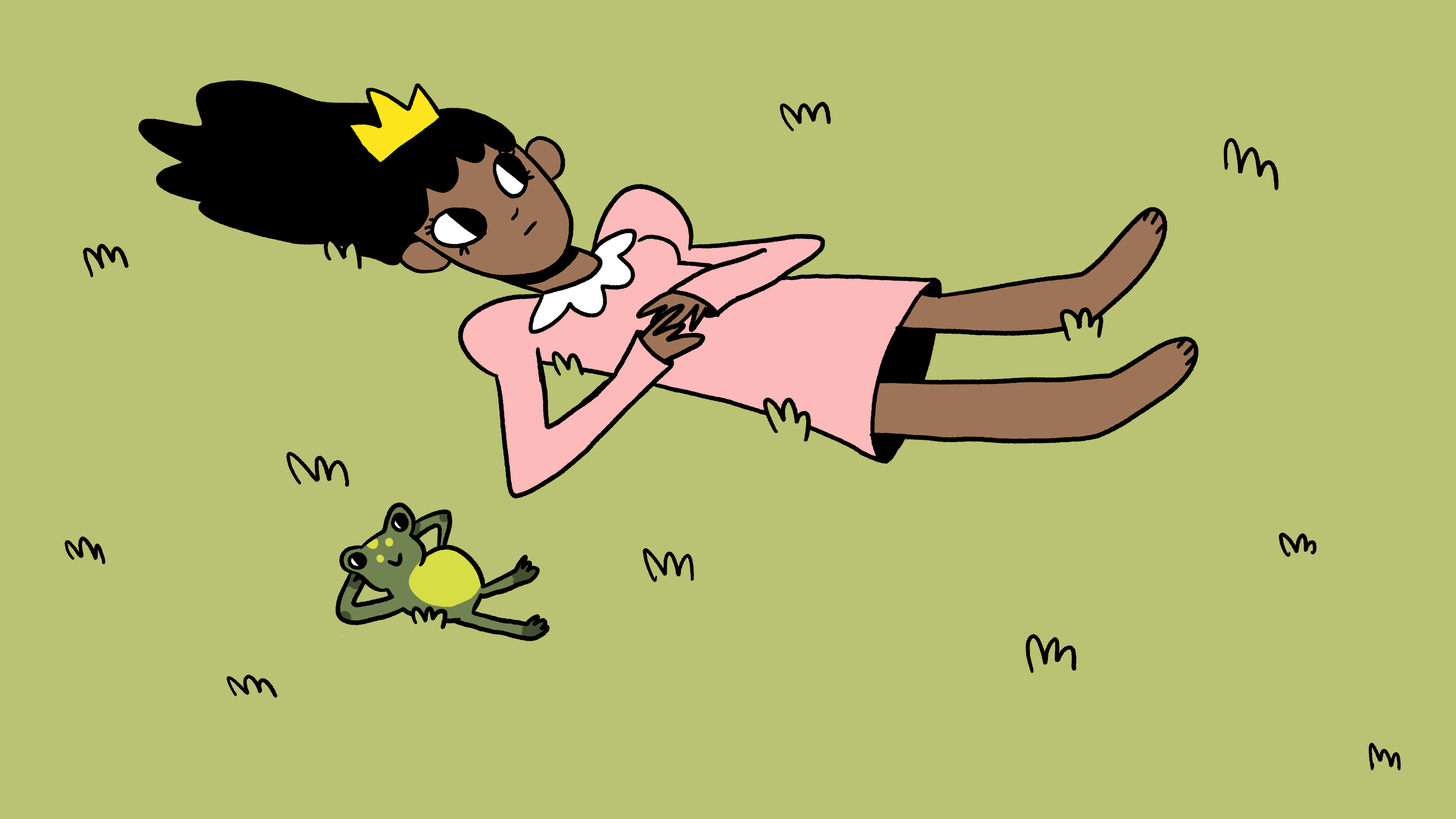
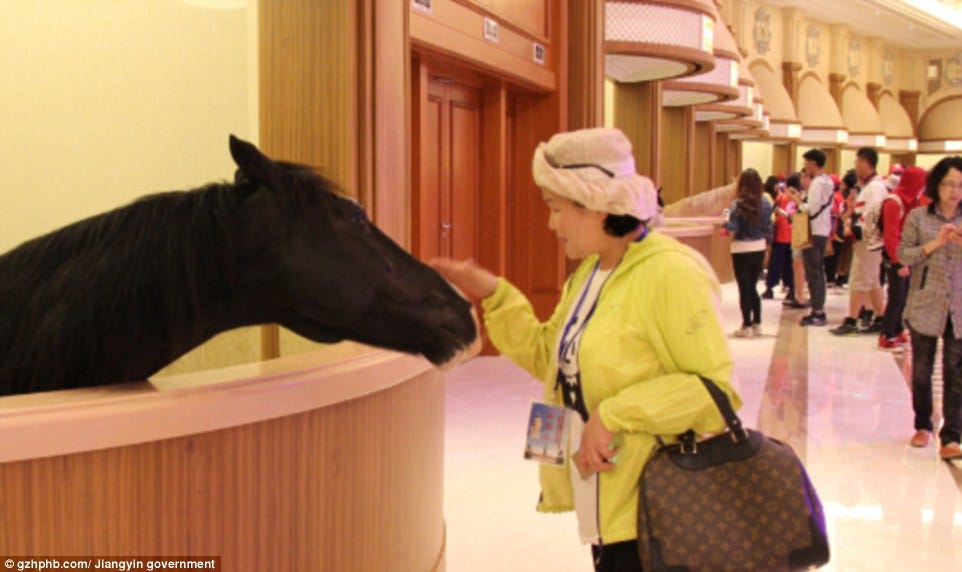
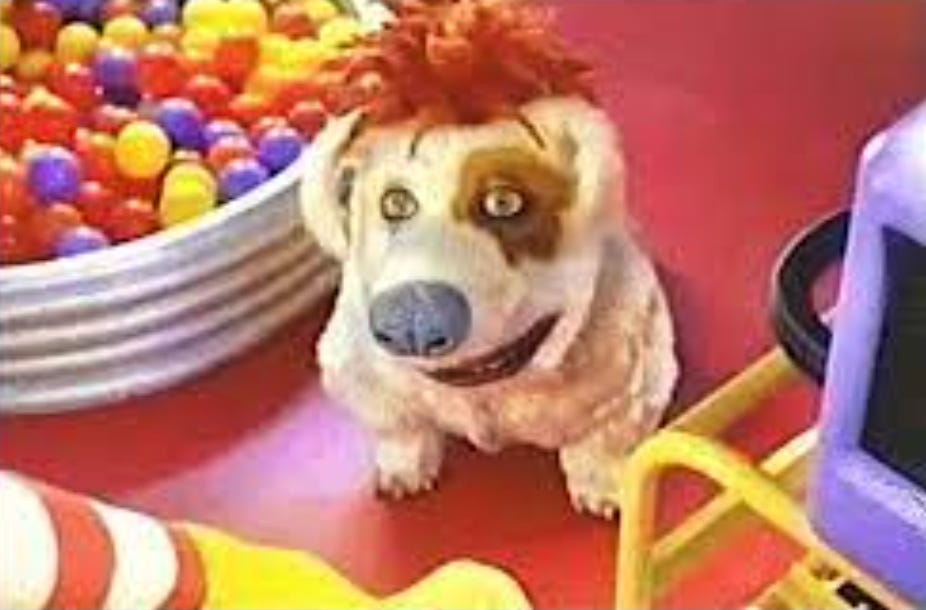
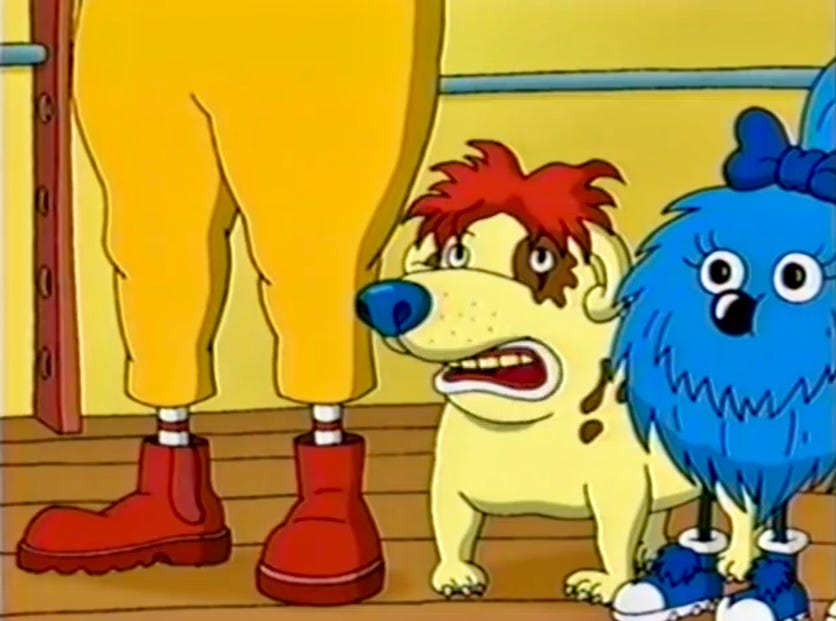



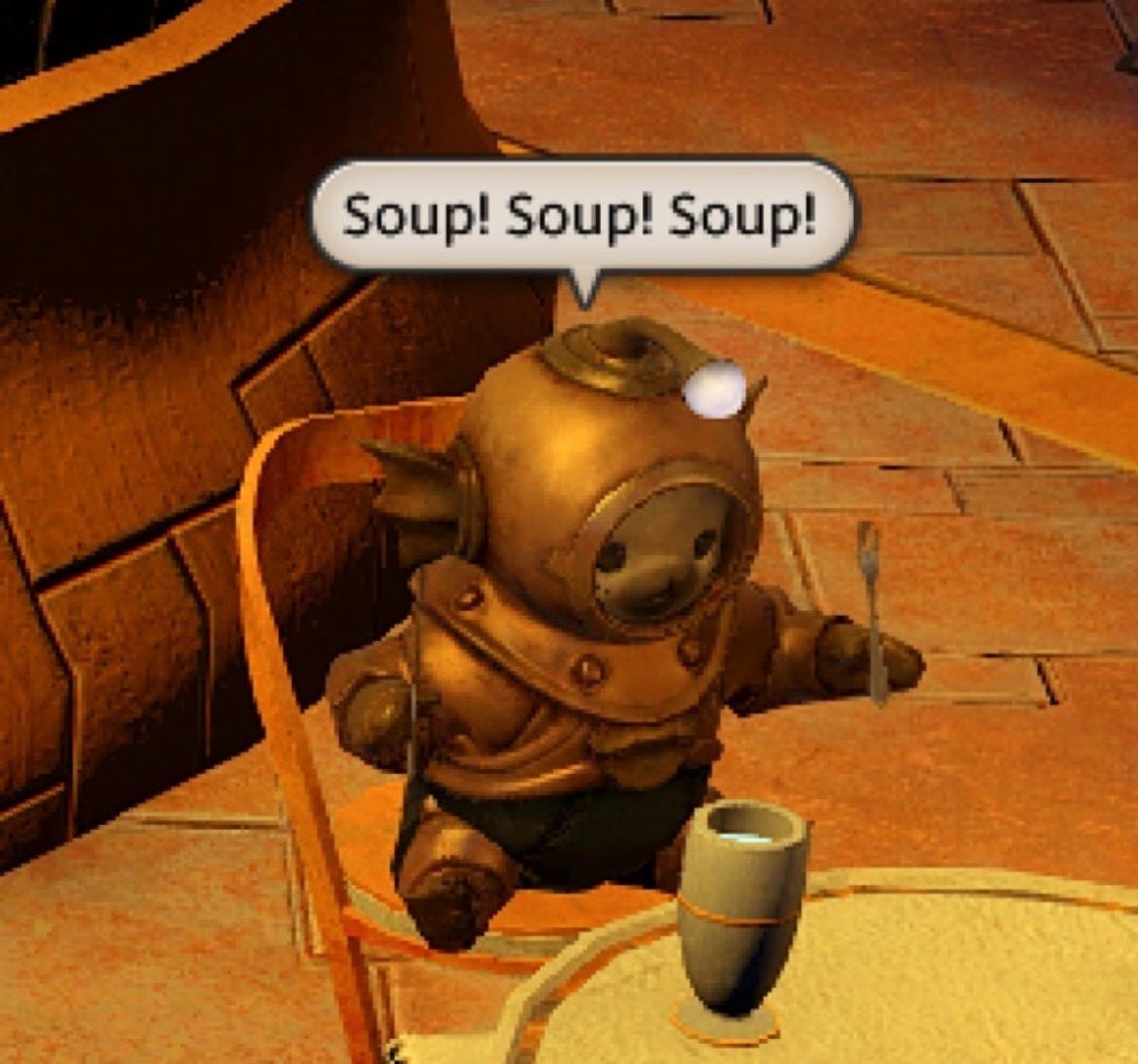




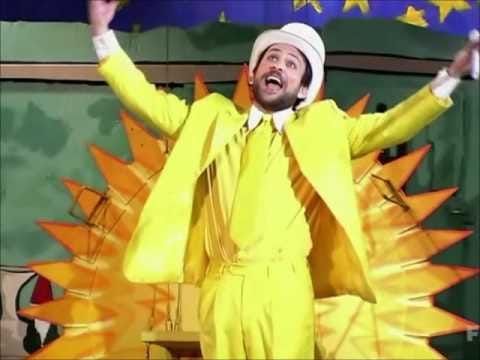
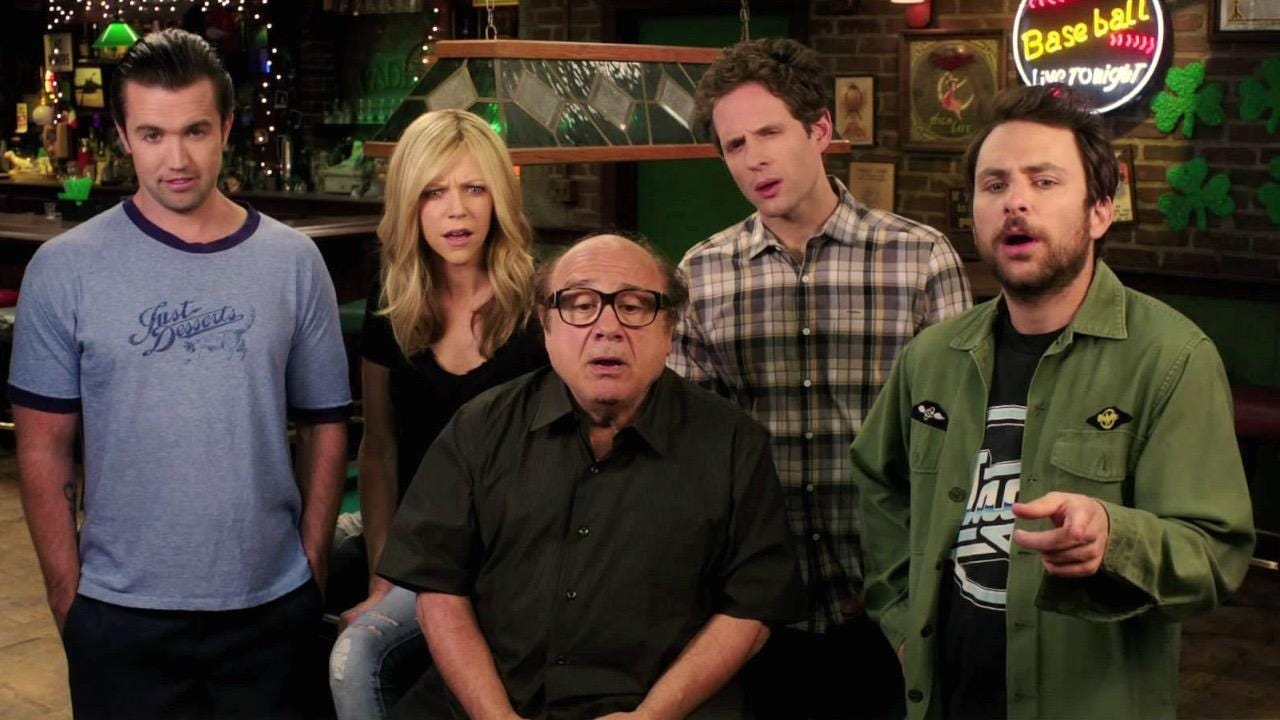

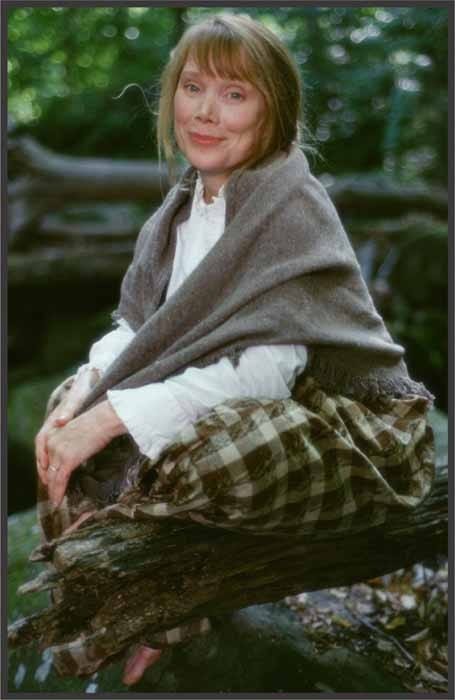


Incredible hair & incredible deep dive on the best show ever
love the wind in the gif! the wind in the gif...